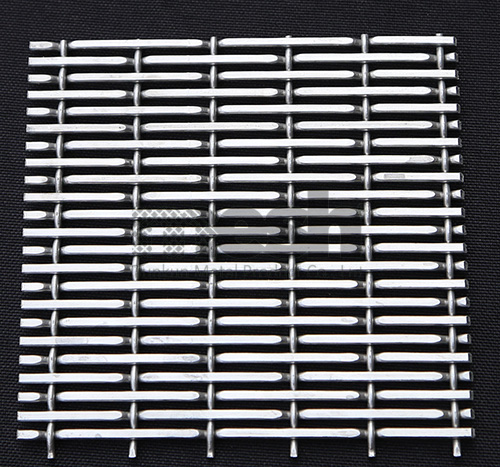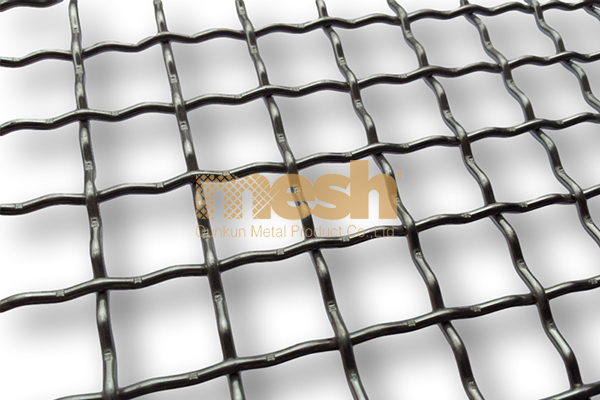Architectural Woven Mesh has revolutionized the way we think about privacy and transparency in modern design. This versatile and visually intriguing material is increasingly becoming a staple in contemporary architecture, addressing the delicate balance between privacy and transparency. In this article, we explore how architectural woven mesh offers a nuanced solution, allowing designers to create spaces that are simultaneously private and open, offering a unique and captivating interplay of light, shadow, and space.

A Dance of Privacy and Transparency
The juxtaposition of privacy and transparency is a design challenge that architects grapple with daily. On one hand, there's the need to create spaces that offer privacy, security, and a sense of seclusion. On the other hand, there's a desire for openness, connectivity with the outdoors, and an abundance of natural light. Architectural Woven Mesh gracefully choreographs this dance, offering a flexible and elegant solution that delicately balances these seemingly opposing elements. Its intricate weave structure allows for controlled visibility, light filtration, and airflow, achieving the desired equilibrium.

Creating Private Sanctuaries
Architectural Woven Mesh serves as an elegant tool to delineate private sanctuaries within a larger space. By strategically placing the mesh in certain areas, architects can subtly separate private zones while maintaining a sense of openness. This is particularly beneficial in commercial spaces like offices or restaurants, where delineating private meeting areas or intimate dining spaces is essential. The mesh offers a visual barrier without creating a physical one, allowing for privacy without the feeling of isolation.

An Interplay of Light and Shadow
One of the remarkable features of architectural woven mesh is its ability to interact with light. Depending on the weave pattern, density, and orientation, the mesh casts intricate shadows and patterns as light passes through. This interplay of light and shadow not only enhances the visual interest within a space but also offers an element of privacy. The shadows add depth and texture to the surroundings, creating an engaging ambiance that can be both calming and visually captivating.

Harmonizing with Surroundings
Architectural Woven Mesh seamlessly blends with various architectural styles and materials, making it a versatile choice for achieving privacy and transparency in different contexts. It can be integrated into glass facades, wooden structures, or metal frameworks, complementing the existing design elements. The mesh acts as a chameleon, adapting its appearance and characteristics to harmonize with the surroundings, ensuring a cohesive and aesthetically pleasing result.

In conclusion, architectural woven mesh is an architectural marvel that elegantly navigates the delicate balance between privacy and transparency. Its ability to create private spaces within larger areas, the interplay of light and shadow, seamless integration with surroundings, and environmental adaptability make it a versatile tool in modern design. As architects and designers continue to explore innovative ways to address this design challenge, architectural woven mesh emerges as a key player in shaping spaces that achieve the perfect equilibrium between privacy and transparency.
pre:Architectural Woven Mesh: Optimizing Natural Lighting with Design Strategies
next:Woven Wire Drapery: Draping in Elegance for Living Spaces
© 2025 Joinwin Architectural Wire. All Rights Reserved. | Sitemap
Recommended Read
Luxury Chain Link Curtains for Southeast Asia – Premium Decorative Wire Mesh Manufacturer from China
Luxury Decorative Metal Mesh for Middle Eastern Interiors and Architecture